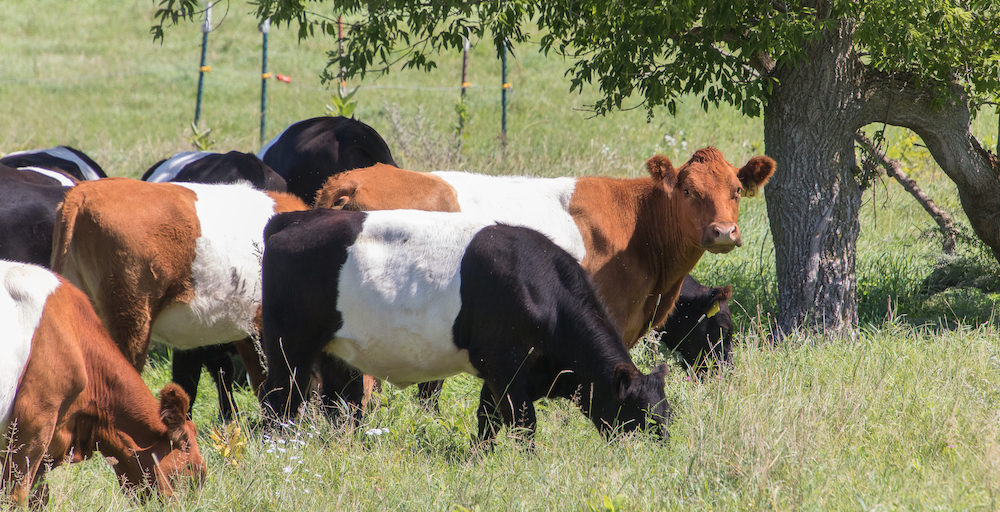
The annual Organic Farming Conference held every February in La Crosse, Wisconsin never fails to deliver, and surprise.
Expertly organized by the nonprofit Midwest Organic & Sustainable Education Services (MOSES), it attracts about 3,000 farmers and ranchers, researchers and policy makers, film makers, authors and chefs, vendors and advocates from the Midwest, across the country, and around the world. They brave the icy winds and occasional blizzards of deep winter to learn and advance sustainable farming practices, processing, and marketing. Why? For the health of the land and water, livestock and crops, and people.
I’ve attended this conference for several years, and now serve on its board of directors – an amazing privilege. This year, I had a pleasure to meet Chang Tianle, organizer/director of the Beijing Farmers Market, was well as a writer for Foodthink.
Although China is in the news every day, I know very little about it, or it’s capital city of Beijing. This Deep Roots Radio podcast provides some quick facts about the Peoples Republic of China. In the interview, Chang describes how the farmers market started, and how it’s growing despite struggles to compete with large corporations.
I hope you enjoy this interview.














